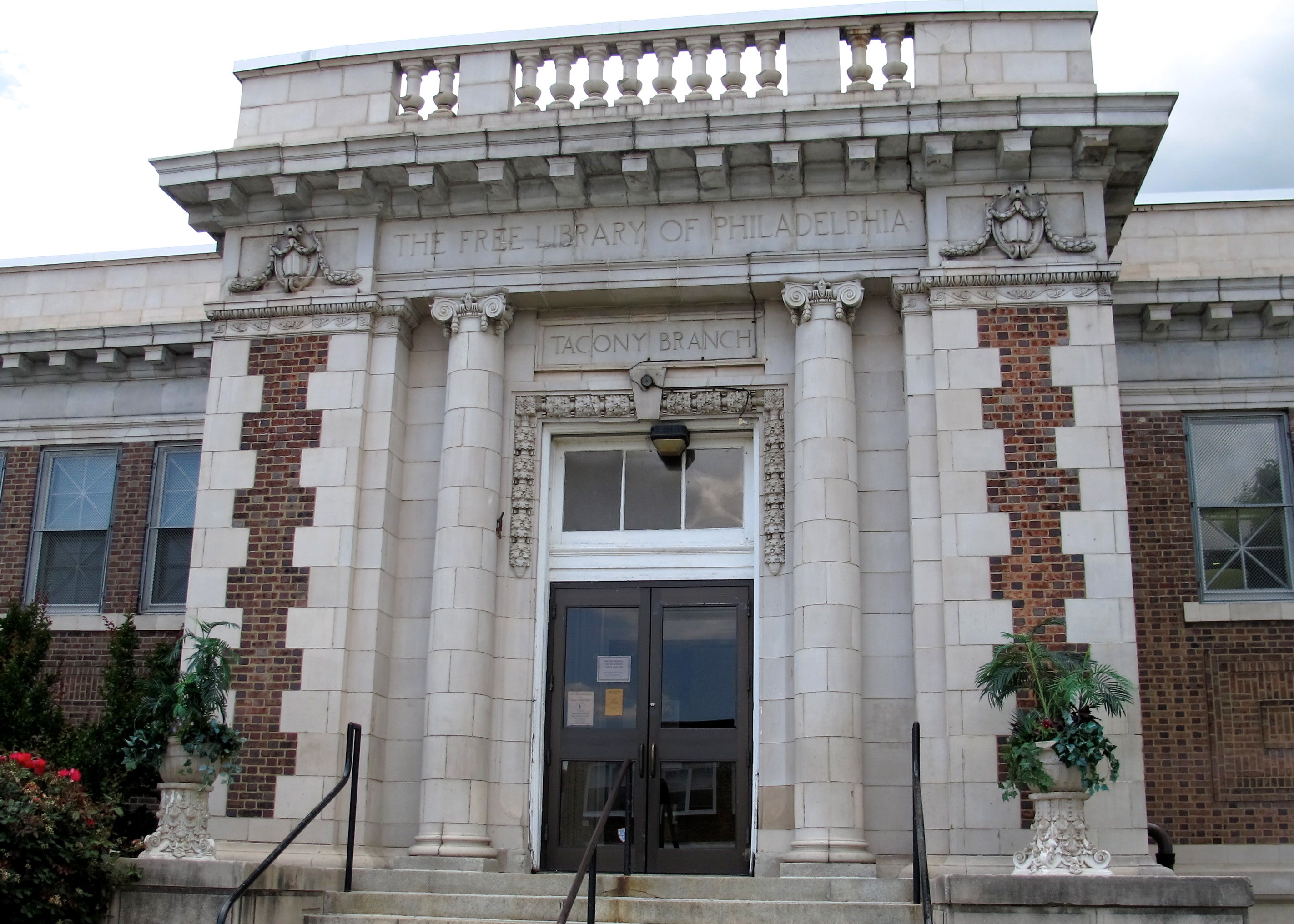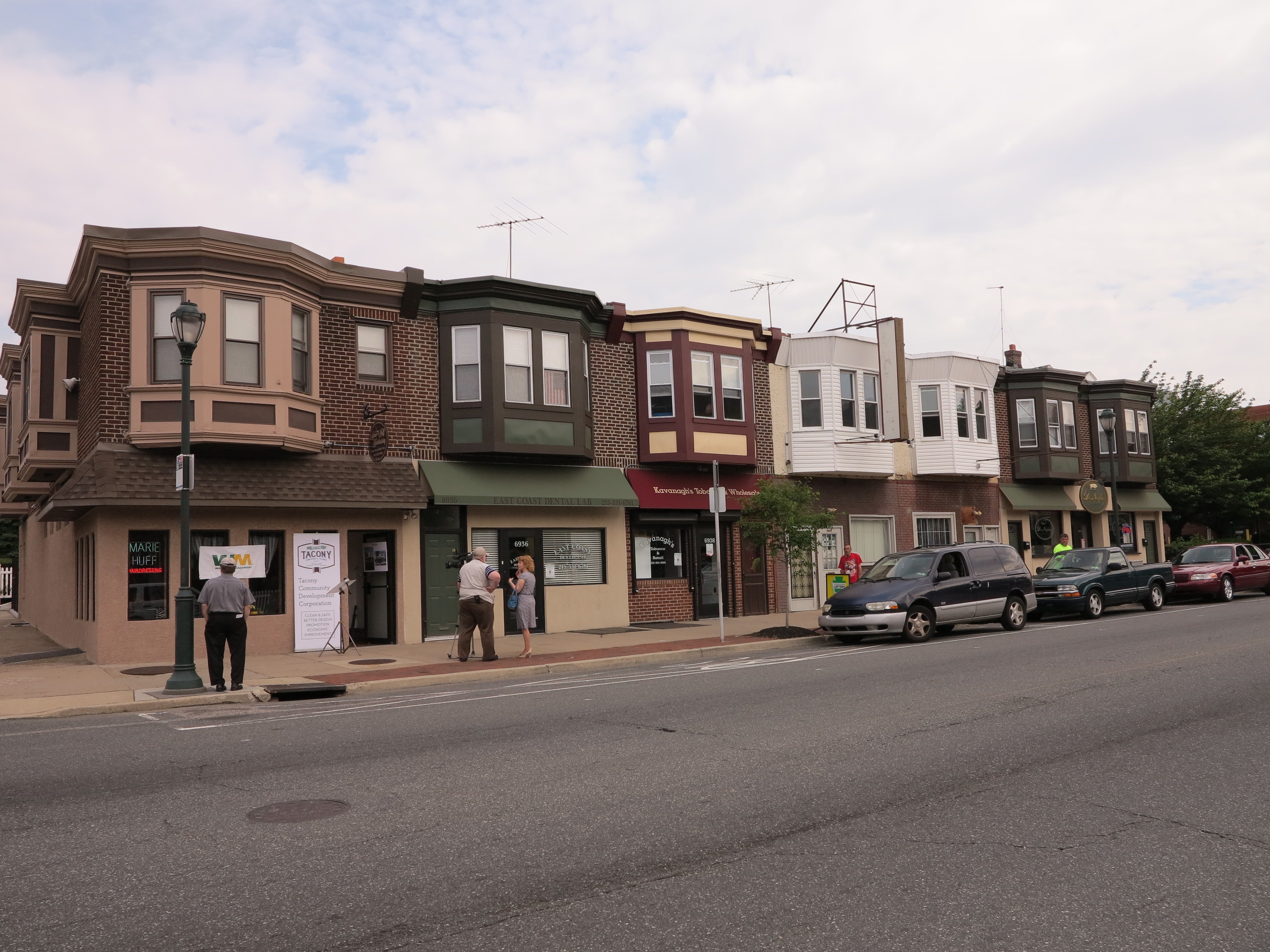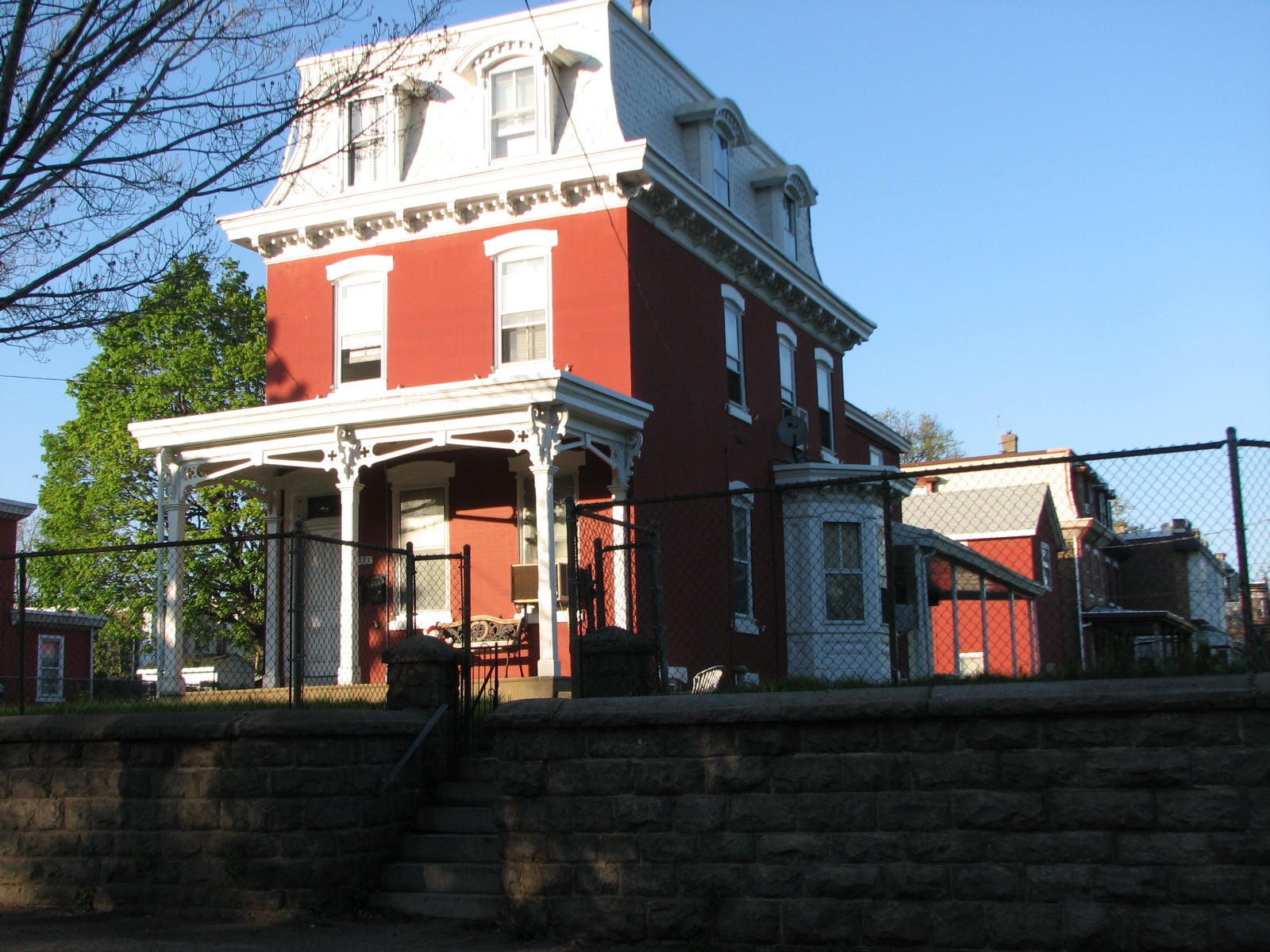Tacony’s new historic district nomination adds momentum to neighborhood revival
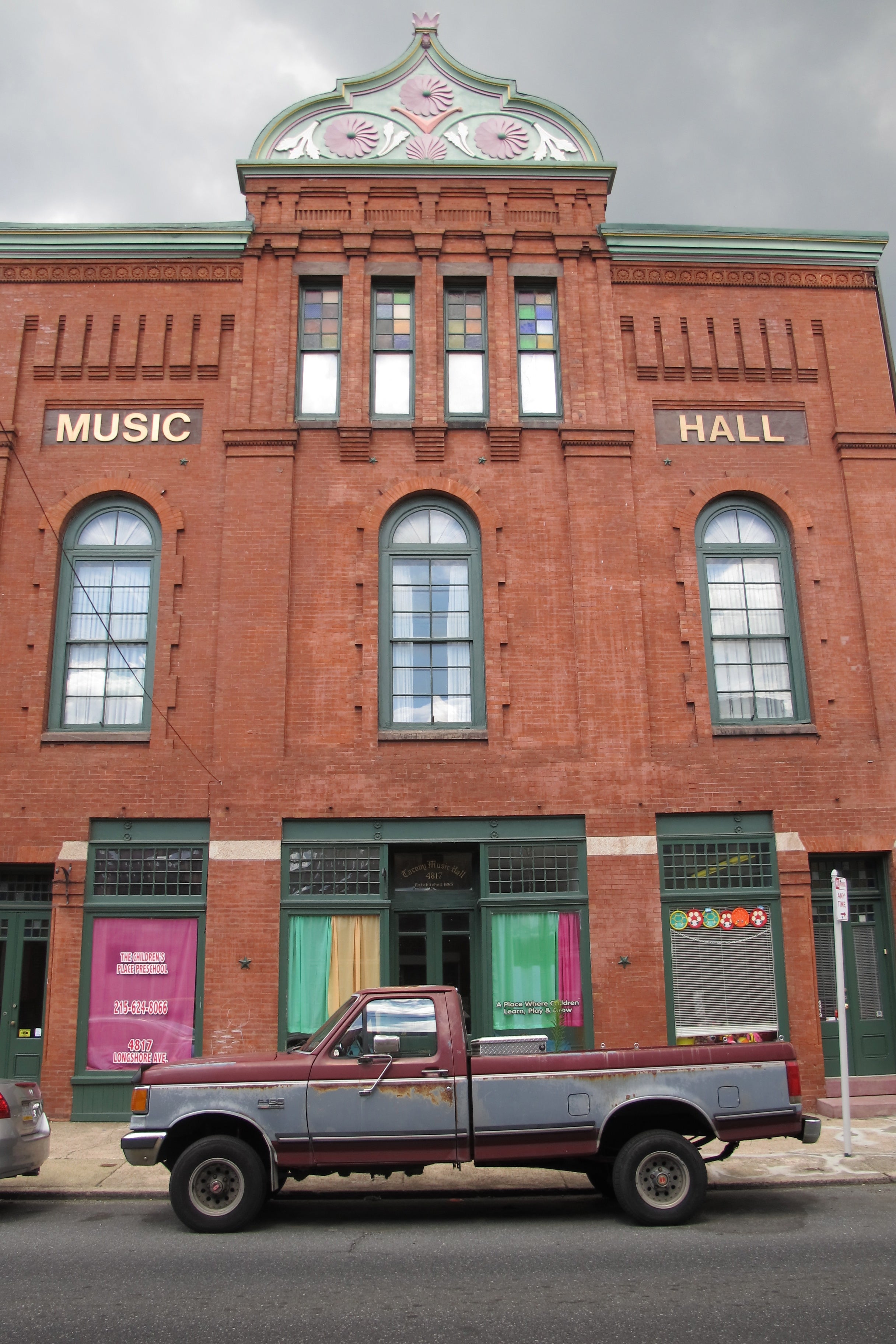
All the right signs seem to be there: The first bakery in the neighborhood in 15 years recently opened. The old Carnegie Library is being preserved and expanded with a modern addition. A group of neighbors banded together to rehab and sell an old house. And a couple from New York City has bought the grand bank building, with plans to live there and open a recording studio.
For all intents and purposes, Tacony is making a comeback. And the neighborhood is working to ensure history is a part of its future.
The latest good news for the Northeast Philadelphia community is its nomination to become a National Register Historic District, which was unanimously approved in February by the Pennsylvania Historical and Museum Commission. By this summer, the Tacony-Disston Community Development District is expected to be added to the National Register of Historic Places.
“It’s an honorific thing more than anything else. It’s not like you’re going to snap your fingers and it’s going to cure everything in the neighborhood,” said Louis Iatarola, Jr., a board member of the Historical Society of Tacony, which began the discussion back in 2002 that led to the nomination. “We’ve been waiting for things to happen, and they finally are.”
Unique narrative
The Preservation Design Partnership and historic preservation consultant Dr. Emily Cooperman created the nomination to the National Register. PDP architect Dominique Hawkins was project manager and Cooperman wrote the history of the community; the two had previously worked together on the district nomination of the city’s Yorktown neighborhood.
The inventory of the huge Tacony district – 55 blocks covering 158 acres, with more than 1,400 contributing and non-contributing buildings and sites – took several months and involved an extensive field survey, photography, mapping, and cataloging historic houses, churches, stores, and other types of resources. Writing the historical narrative took several months more.
“It’s wonderful to bring these narratives to the public so they are aware of the richness of places like Tacony,” Cooperman said.
Industrialist Henry Disston and his family developed the land in the Northeast section of the city from 1872 through the end of World War I as a distinct residential community for the employees of the Keystone Saw Works – one of the vital components of the city’s reputation as “Workshop of the World.”
While other “company towns” were created in the 19th century, this was “the first that succeeded in a big way,” Cooperman said.
“Disston created a community that has endured for over 100 years as a neighborhood. He brought advantages of what was then a suburban lifestyle” of semi-detached and single houses enjoyed by managers and the middle class, and created similar housing and amenities for industrial workers.
The model for most factory employees across the city was line after line of rowhouses, with less light, air, and green space. “One of the tenets of Disston was considering the greater good of his workers. He took a paternalistic approach and provided a lifestyle that was of a much higher quality than the norm for that period,” Cooperman said.
Aside from the unusual housing built in Disston’s community, the company and family supported the establishment of churches, businesses and schools; the handsome Tacony Trust Fund Building, designed in 1893 by John Ord, to assist the saw factory workers with their finances; the Tacony Music Hall, built in 1885, to serve as a cultural center; and Disston Park, which provided a green buffer between housing and the work zone along the Delaware River.
Most of these historic resources have been well preserved by their owners and the community, Cooperman said, and other architectural gems could be renovated with the assistance of federal rehabilitation tax credits once the district has been listed on the National Register.
The approach taken by Disston remains a part of Tacony’s unusual character, Cooperman said. “You can still see it when you drive through. It’s a different place; the pattern shifts. There is a sense of green space and expansion. You have a sense of being able to breathe better in Tacony.”
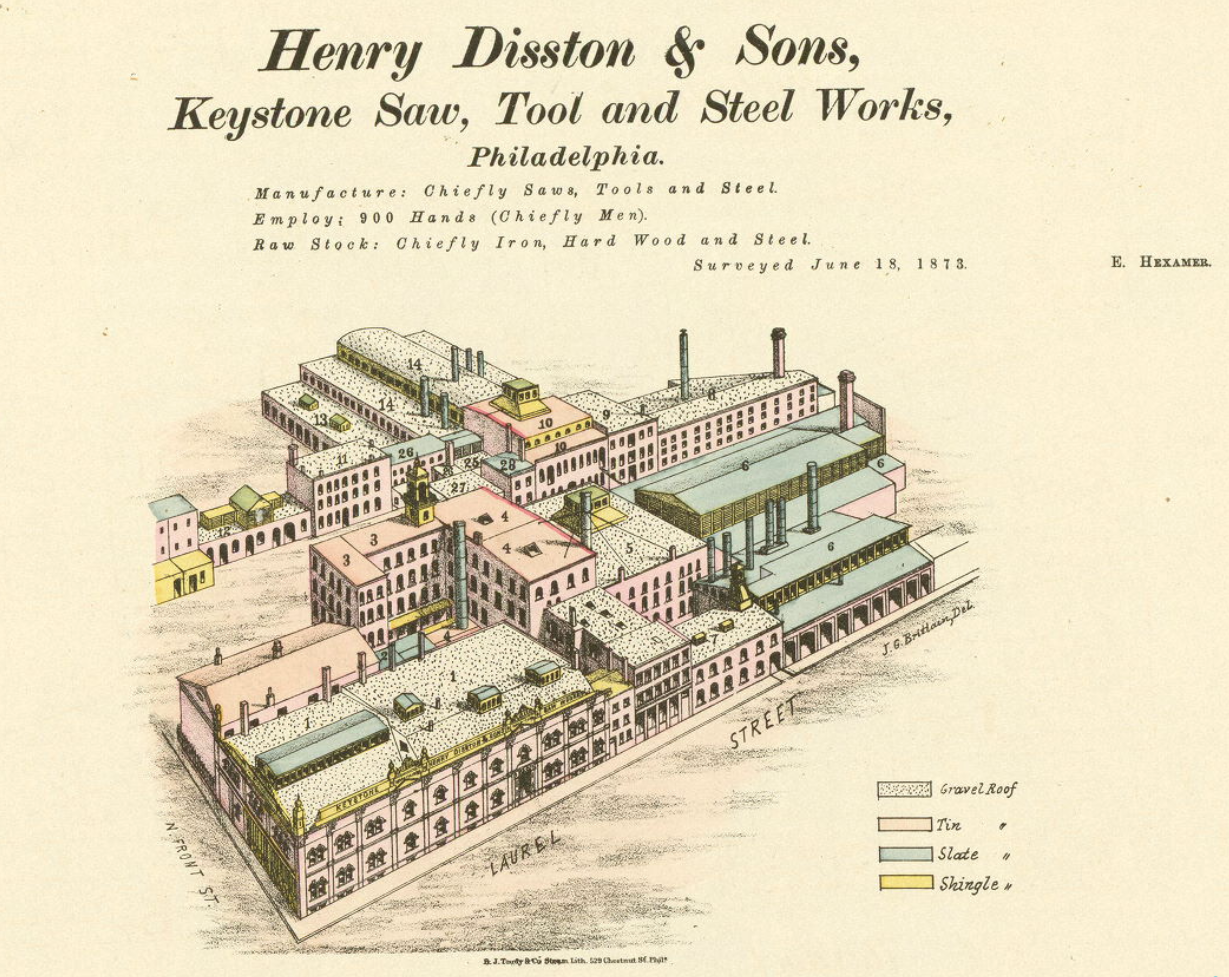
Attracting new neighbors
Iatarola, a real estate appraiser and longtime resident and booster of Tacony, believes that the community’s listing on the National Register will help develop its contemporary identity and appeal to new investors and potential residents.
“We thought that by promoting our industrial history we can carve out a unique niche as a neighborhood that still has good access to Center City, to New Jersey, and to the suburbs,” he said. The targets are owner-occupants and young families. “Disston’s vision was really of a family community. We’re left with so much of his legacy here. We’d like to honor that vision.”
The momentum has been building. Store facades are being renovated along the primary commercial corridor, Torresdale Avenue, through Storefront Improvement Program grants from the Commerce Department, and business occupancy has increased, Iatarola said. “It’s looked better than it has in some time.”
Secondary corridors like Princeton Avenue are also on the rise. Puddin’s Cake Corner, the first neighborhood bakery in more than a decade, and a new café opened. The former Prince Café has been purchased and renamed the SawTown Tavern, with plans to expand to the second floor.
Longshore Avenue, a once active corridor, is “getting back into positive mode,” Iatarola said. The Tacony Savings Fund Building, purchased by the New York couple, will have multiple uses, with the boxing club, a current tenant on the third floor, moving down to the first, and the music studio space on the top. “It was interesting to know that the folks who bought the Tacony Savings Fund already knew about the historic district nomination. It was part of their decision to locate here,” Iatarola said.
Iatarola and his father have been the longtime owners of the landmark Tacony Music Hall, which had hosted appearances by P.T. Barnum and Susan B. Anthony and was individually listed on the National Register in 1990. But the Iatarolas are looking for smaller office space and have put the Longshore Avenue building on the market. Over the past two months they’ve already talked with many potential live-work occupants, including sculptors, visual artists, and a musician.
In other parts of the neighborhood, the Mary Disston School is being renovated for a new charter school. The developers are keeping the original granite building, while adding a three-story modern annex. The 1906 library, one of the city’s three original Carnegie Libraries, is undergoing a two-year renovation that will preserve the early design and have a glass addition.
On Tulip Street, five neighbors purchased a historic house for $60,000, restored it, and have found a buyer. “That was very encouraging to see a corps of neighbors care like that,” Iatarola said.
There has also been new construction in the neighborhood. A $5 million firehouse was dedicated in 2013 on the corner of Disston Park, with a community room that opens into the green space. An artist incorporated vintage firefighting equipment and antique circular saws into the design and the retaining wall of the new facility.
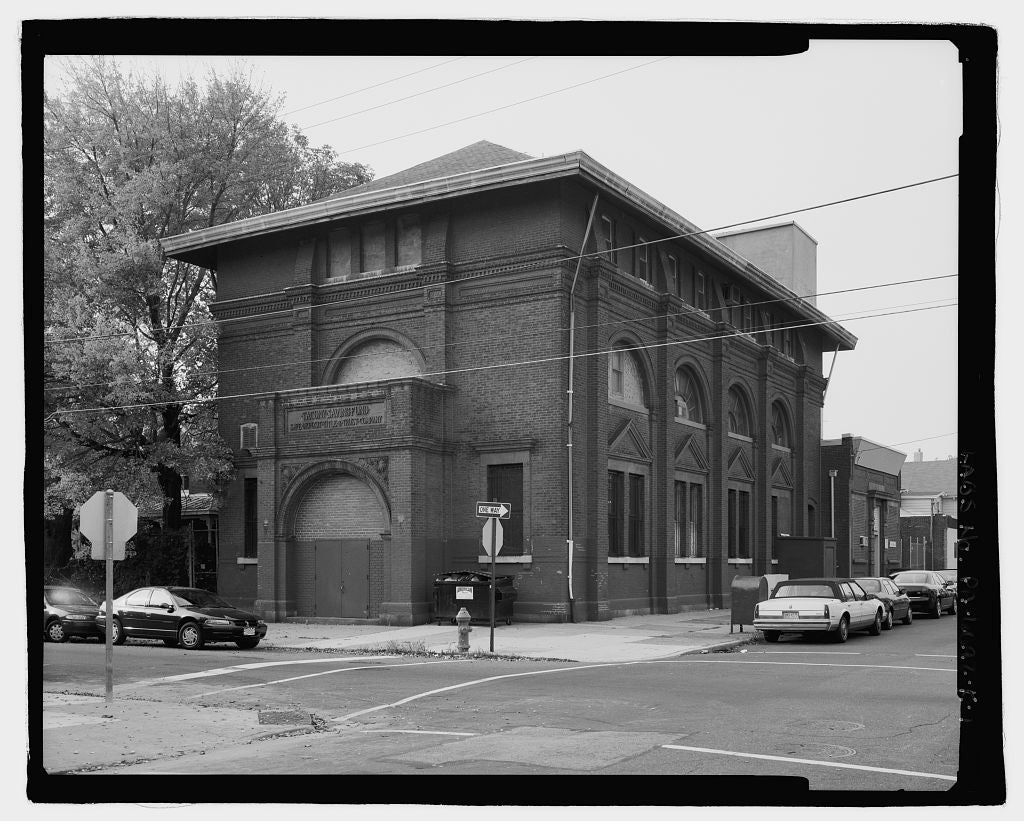
Next move?
Tacony’s historians have long planned to nominate the neighborhood to the Philadelphia Register of Historic Places in addition to the National Register. “We thought we’d do one and then the other, and make them mirror one another,” Iatarola said. “But we realized that’s more of a challenge than we thought it was going to be.”
Consultants have advised that an easier, more manageable approach would be to focus on a smaller area than the National Register District.
“There has been loss of too much character on some blocks to warrant the ability to designate the whole area as a city district,” Iatorala said. It could be the largest historic district in Philadelphia if they included all of the contributing buildings in the national district.
Instead, Tacony may focus on the most significant blocks in the center of the designated area, or write a series of nominations for individual properties.
“It is on the horizon,” Iatarola said, “and we don’t want to wait too long.”
For now, he is very excited by the private investment and community pride that has been rising in Disston’s company town.
“We’ve been here [in the old Music Hall] for 26 years, and we did have our doubts. We wondered if it was ever going to happen here,” Iatarola said. “Now, we’re very encouraged by what we see.”
WHYY is your source for fact-based, in-depth journalism and information. As a nonprofit organization, we rely on financial support from readers like you. Please give today.



